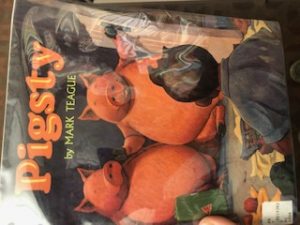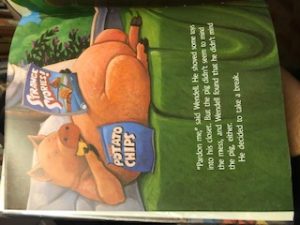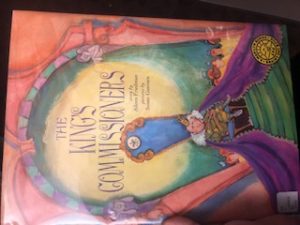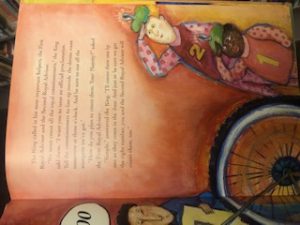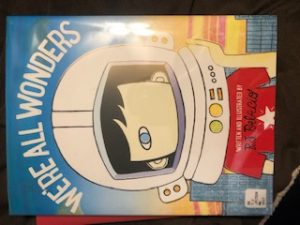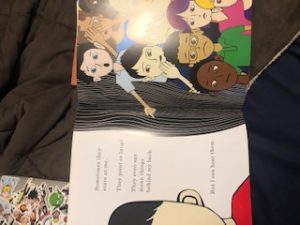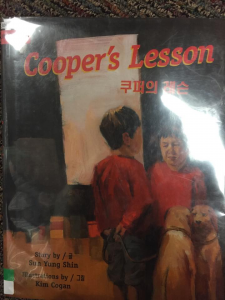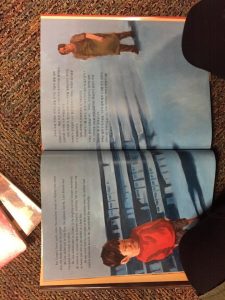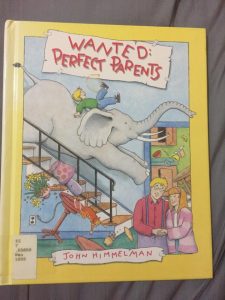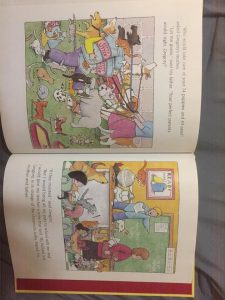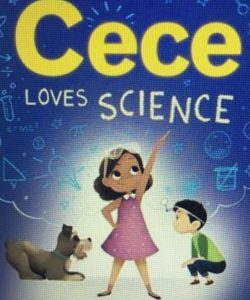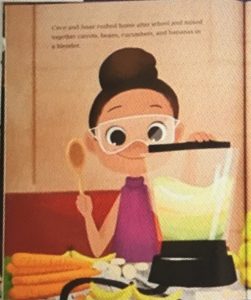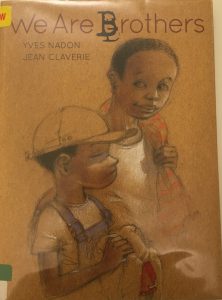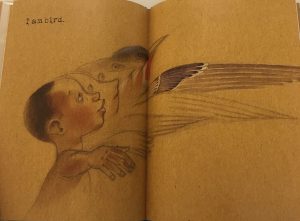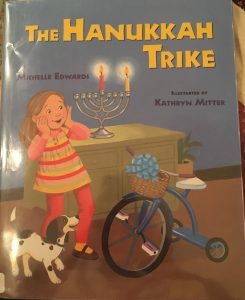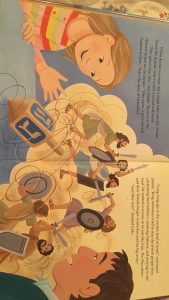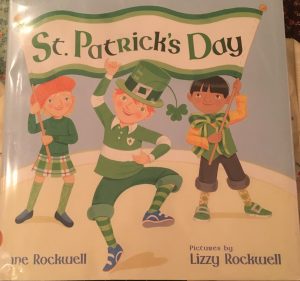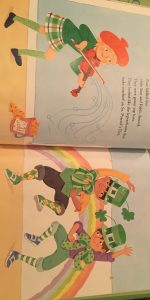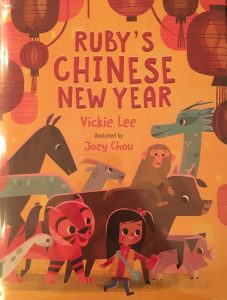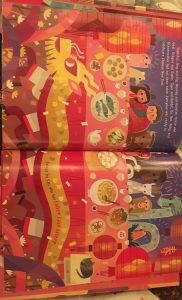Title: Pigsty
Author: Mark Teague
Publisher and Year: Scholastic Inc. 1994
Number of pages: 28
Tags: Animals, Fiction, K-1, Joe Marras
Descriptive Annotation: Young Wendell has a very very messy room that isn’t just messy, it’s a pigsty. His mother tells him to clean it, but it doesn’t bother him so he doesn’t. Then one day a pig shows up to hang out, and since the pig doesn’t mind the mess either he stays. Wendell keeps stuffing things to the side and under his bed, and then even more pigs show up. At first they have fun and play games, but later the pigs start to ruin his things like chewing his baseball cards, sitting on his basketball, and getting hoof prints on his comic books. Wendell finally has enough of it and with the help of his pig friends they clean his room and the pigs get on their way.
Classroom Application: For young students this shows a valuable lesson of staying clean and organized because when things start to get messy, that is when things start to get ruined and crazy. Also in this book Wendell when cleaning his room remembers something he heard in school, “many hooves make light work.” Showing that teamwork makes the dream work and the more the merrier.
Linguistic and Cultural Diversity Analysis: Wendell is like most young children that don’t want to clean their room or organize all of their toys and things because who wants to do that! I see myself in Wendell and I’m sure that many young students will see the same thing that he is much like them. It is a very light read containing very easy words and simple sentences, “Wendle could hardly believe his luck. “Now I can live however I want.” ” This is when his mother told him that if he wants to live in a pigsty then it’s his own decision and Wendell is all for it! It is very funny and goofy, and the pigs are drawn to be very funny and especially lazy. Also when Wendell finally has had enough of living in a pigsty and needs to clean his room he remembers something he heard in school, “many hooves make light work.” So with the help of the pigs he makes quick work of his messy room and learns a lesson that it is important to be organized.
